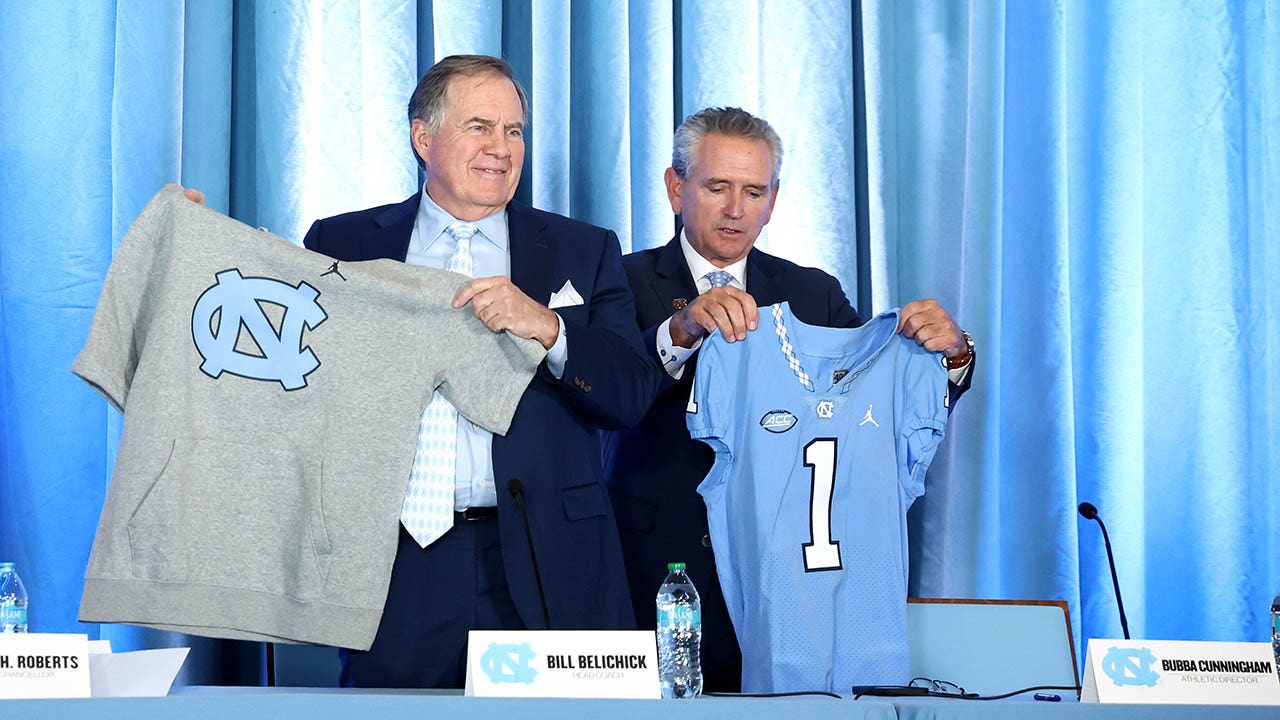Washington — House Speaker Kevin McCarthy and Republican lawmakers on Wednesday unveiled their plan to raise the debt ceiling and cut government spending ahead of the looming summer deadline to avert a catastrophic and historic default by the U.S. on its debt obligations.
Called the “Limit, Save, Grow Act,” the 320-page proposal would lift the debt limit by $1.5 trillion or until the end of March 2024. The measure, introduced by House Budget Committee Chairman Jodey Arrington, a Texas Republican, also details cuts in federal spending to the tune of $4.5 trillion, according to McCarthy.
The bill was announced by McCarthy amid stalled talks with the White House over the debt ceiling. The U.S. hit its borrowing authority in January, forcing the Treasury Department to begin using “extraordinary measures” to keep paying the bills. The Congressional Budget Office estimates those measures will be exhausted as soon as July, putting the nation at risk of a first-ever default without action from Congress. Some analysts have said the extraordinary measures could run their course even sooner.
President Biden and Democrats have been pushing for a bill that raises or suspends the debt limit with no conditions. But Republicans have been set on pairing spending cuts with a debt-ceiling hike, setting the two sides on a collision course.
Mr. Biden and McCarthy have met face-to-face once, in February, to discuss the debt ceiling, and the White House has pushed Republicans to provide more details about what federal programs could face cuts. It’s unclear whether the Limit, Save, Grow Act satisfies the demands from the president for the House GOP to release a budget explaining the spending potentially on the chopping block.
It’s also unclear whether McCarthy’s proposal can garner enough support from Republicans for it to clear the House, where the GOP holds a slim majority. The plan has no chance of passing the Democratic-led Senate, and even if the legislation were to win approval from both chambers, it would almost certainly be vetoed by Mr. Biden.
The bill does, however, serve as House Republicans’ opening offer in any eventual negotiations, and sheds light on the priorities of a fractious caucus that enjoys a narrow majority. Here’s what House Republicans’ Limit, Save, Grow Act would do:
Raise the debt limit
The plan would lift the debt limit by $1.5 trillion or until March 31, 2024, whichever comes first.
Cap budget increases
The GOP bill limits increases in the federal budget to 1% per year, significantly slower than the rate of inflation and less than recent year-over-year budget increases, particularly since the pandemic. That isn’t likely to fly with Democrats, as it necessarily means cuts to discretionary spending.
Impose work requirements for federal aid
The GOP bill imposes stricter work requirements to receive Supplemental Nutrition Assistance Program funding, formerly known as food stamps, for childless adults. The bill also requires each state to collect and submit information to the federal government about the percentage of people enrolled in SNAP who are in unsubsidized employment, as well as the median earning of people who were work-eligible after they exit the program.
Rescind IRS funding
The Republican plan would also nix $80 million in additional IRS funding, including funding for thousands more agents, that was made possible by the Inflation Reduction Act. Republicans passed a bill to eliminate those additional positions before, but the bill died in the Senate.
Recoup unspent pandemic relief funds
The Republican legislation recoups unspent federal COVID-19 relief funds approved in the American Rescue Plan and emergency relief packages passed in the final months of the Trump administration. While most of the money has been spent, Republicans — many of whom have long railed against the massive influx of federal spending — believe clawing back the remaining funds can help balance federal coffers.
“The American people are tired of politicians who use COVID as an excuse for more extreme inflationary spending,” McCarthy said on the House floor Wednesday. “Now, if this money was authorized to fight the pandemic was not spent during the pandemic, it should not be spent after the pandemic is over.”
Unwind Biden’s student loan forgiveness program
Republicans’ bill would nullify Mr. Biden’s program forgiving student loan debt up to $20,000 per borrower. Under the plan, announced by the president last August, eligible borrowers can have up to $10,000 in student debt wiped clean, while qualifying Pell Grant recipients can have an additional $10,000 forgiven. The program has been on hold as legal challenges have made their way through the courts.
Roughly 40 million Americans are eligible for the relief. Mr. Biden extended a pause on federal student loan payments, first put in place by Trump in the early months of the pandemic, through June.
Separate from House Republicans’ effort to unwind the student loan forgiveness program, two challenges to the plan are pending before the Supreme Court. The justices are expected to issue a decision, which could invalidate the program, by the end of June.
Repeal provisions of the Inflation Reduction Act
The Inflation Reduction Act was signed into law by Mr. Biden last year and is Democrats’ marquee health care, tax and climate bill. The $740 billion package passed with only Democratic support.
Republicans now want to rescind key aspects of the law that were designed to combat climate change, including provisions establishing a high-efficiency electric home rebate program and home energy efficiency contractor training grants.
Implement Republicans’ signature energy bill
Included in the debt limit package is H.R. 1, the “Lower Energy Costs Act.” The legislation aims to boost American energy production and decrease dependency on foreign oil. The plan seeks to quicken the permitting process for energy and infrastructure projects and increase oil and gas production and sales.
It also includes a provision that prohibits the energy secretary from implementing any rules that would “directly or indirectly limit” consumer access to gas kitchen ranges and ovens.















































